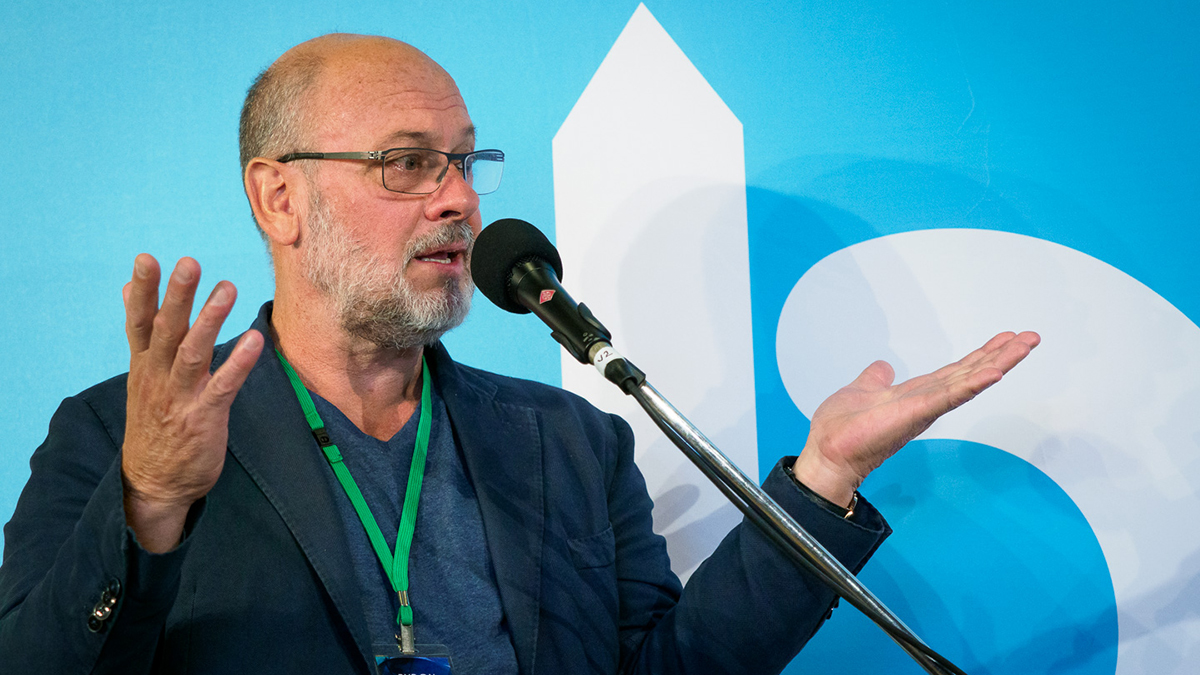Perhaps Tim Flannery really is one of Australia’s most accomplished scientists. After all, it’s not many people whose name gets made into a vernacular verb, but an increasing number of Australians have taken to remarking that “It’s really Flannerying down”, when the weather turns wet.
A “Flannery” of rain is a reference to the Great Predicto’s now-infamous 2005 prognostication of “permanent drought” for Eastern Australia. “Water is going to be in short supply across the eastern states,” the Climate Soothsayer intoned. “Even the rain that comes won’t fill our dams.”
(I hardly need include a spoiler alert when I tell you that Australia’s dams have been full to almost-literally bursting several times since.)
In fact, Flannery is such a notorious false prophet that he’s come in for special mention by his scientific peers. Suffice to say, Nobel Prizes aren’t likely looming on his horizon beyond the storm clouds pouring that non-existent rain on the flooded Hawkesbury river on whose swollen banks he lives.
Congrats to paleontologist Dr Tim Flannery for new international recognition in the peer-reviewed global climate literature[…]having just been prominently cited in a peer-reviewed paper in the International Journal of Global Warming this week. The paper is itself extolled in a press release from the prestigious American Association for the Advancement of Science (AAAS). Timbo, congratulations!
Contrary to popular belief, not all publicity is good, though.
The paper in question comes from Carnegie Mellon professors David C. Rode and Paul S. Fischbeck. Both are dutiful believers in the orthodoxy of catastrophic anthropogenic global warming. But, for all that, they’re a little miffed with the more hysterical members of their church.
Hence their paper, Apocalypse Now? Communicating extreme forecasts. The paper is essentially a summary of apocalyptic disaster predictions since 1970. Again, no spoiler alert seems necessary for their conclusion that predictions of imminent disaster are universally bunkum. 48 of their collected 79 disaster predictions have failed to come to pass at all; the rest are, by a useful coincidence, still in the future.
As the authors say, “The apocalypse is always about 20 years out.” For example, the father of global warming scares, James Hansen, and fake Nobel Prize winner Michael Mann have catastrophic predictions maturing in the 2030s, although their forecasts for earlier dooms were all duds. The Intergovernmental Panel on Climate Change (IPCC) has already had one forecast of cataclysm fail but it has more cataclysms on the cab rank for 2029 and 2050, the paper says.
But, alongside such (in)famous names as Mann, Hansen, Gore, Pachauri, Ocasio-Cortes, and High Priest of Being Wrong, Paul Ehrlich, our very own Timbo gets not one, but three citations.
Reading from the authors’ table, we find Flannery predictions dating from 2004 (for 2054), 2008 (for an immediate tipping point), and 2009 (for 2029). All his forecasts involve alarms about it being “too late to act” at that date to save the planet.
The paper’s authors check to see if their cited doom-criers would be alive when their forecast dates arrive. Flannery was born in 1956 so when his furthest-out apocalypse arrives, he’ll be 98 and either enjoying his vindication or explaining through toothless gums how he was misquoted.
Flanners finds himself cited alongside a scientific hero I remember him babbling excitedly about way back in the late 70s.
A few spectacularly cracked forecasts are cited, such as this one by former catastrophist James Lovelock, Fellow of the Royal Society and developer of the Gaia Hypothesis, “Before this (21st) century is over, billions of us will die, and the few breeding pairs of people that survive will be in the Arctic where the climate remains tolerable.”
To his credit, Lovelock has since recanted his doom-saying nonsense, saying, “I bow my head in shame.” Like Rode and Fischbeck, Lovelock also singles out Flannery, especially for egregiously misrepresenting the Gaia Hypothesis – it must be rather embarrassing to be so denounced by one of your own heroes.
The whole point of Rode and Fischbeck’s paper, though, is that climate alarmism is just bad science.
They’re warmist believers and their critiques are more in sorrow than anger[…]
They also quote an aphorism (attributed to Carl Sagan) that “extraordinary claims demand extraordinary evidence’ and re-work it as “extraordinary predictions require extraordinary caution in communication.”
That goes double for journalists. As I’ve warned repeatedly, the state of science “journalism” is now so abysmal that any time an article claims, “study shows…” or “science says…”, you should automatically assume that the reverse is true, until proven otherwise.
Our shoals of environment reporters get beautifully slapped down. We learn that the reporters are mostly innocent of knowledge about uncertainties in science, and gravitate to quoting doom-criers who emphasise certainty that their disasters will arrive. (The Australian’s Graham Lloyd always an honorable exception).
Quadrant
Always assume that the mainstream media are either lying or totally clueless about climate science, and you’ll rarely go astray.
Meanwhile, as Tim Flannery ponders his flooded front yard, one wonders if he’ll rush to add this latest citation to his bio…

Please share this article so that others can discover The BFD

